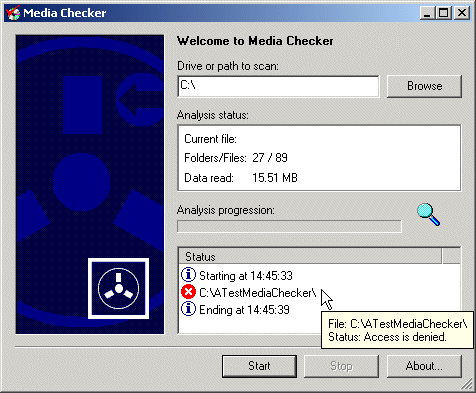

- #PRECIOUS DISK IMAGE PASSWORDS HOW TO#
- #PRECIOUS DISK IMAGE PASSWORDS PC#
- #PRECIOUS DISK IMAGE PASSWORDS FREE#
- #PRECIOUS DISK IMAGE PASSWORDS MAC#
#PRECIOUS DISK IMAGE PASSWORDS MAC#
By default, your Mac will start up from the built-in hard drive.

If you have another startup disk with a compatible operating system, your Mac can start up from that disk instead of your current startup disk. One huge downside to Boot Camp is that you have to restart your computer every time you need to switch between Mac or PC-and there are incredible virtualization solutions that allow you to run Windows on Mac without rebooting, such as Parallels Desktop® for Mac.
#PRECIOUS DISK IMAGE PASSWORDS PC#
Boot Camp is built into the macOS and can be set up to partition the hard drive for your desired use, such as needing to run PC programs. The most common partition on a Mac is Boot Camp®. A partition can be used to make it easier to organize your data, create separate work environments with different operating systems, or create faster disk access. If you’d like to use one singular hard drive but divide the drive to be used for two separate goals, you can partition the hard drive. However, you can manage your hard drive in a multitude of ways depending on your end goal. Now, Mac hardware has shifted and leveled out to accommodate a faster piece of hardware (SSD) with less storage available, bringing boot times down to a staggering average of 12 seconds.Įvery computer has at least one internal hard drive to store your data and software. Boot time for your computer took anywhere from 30 seconds to 2 minutes or more depending on your internal hardware. This can be upgraded up to 2 or 3 TB if desired (with additional cost, of course).īack in 2011, the average MacBook had 500 GB of hard drive space-but was not on an SSD. The most common entry-level storage capacity for a new Mac is 128 GB SSD. Today, you’ll find most new Mac computers have SSD with smaller storage capacities in entry-level MacBook, iMac, Mac mini, and more. An SSD drive will read and write much faster than a traditional rotating HDD due to the lack of movement and usage of flash storage. The physical difference dictates a difference in speed in which the hard drive will read or write. The difference is simple the SSD has no moving parts, versus the HDD which does have moving parts. There are two physical types of hard drives: a solid-state drive (SSD) and a traditional hard disk drive (HDD). This is usually a hard drive that is physically inside your Mac.įor more advanced users, I’d like to address some additional options you have with your startup disk.Įvery hard drive is a high-capacity and self-contained storage device containing a read-write mechanism. The startup disk is the hard drive where your computer’s operating system and applications are installed.
#PRECIOUS DISK IMAGE PASSWORDS HOW TO#
How to Manage Your Startup Disk Storage Moving Forwardįor basic users, I want to start at the very beginning by providing some insight and defining what the Mac startup disk actually is.What to Do When the “Startup Disk Is Full” Notification Pops Up.If you’re looking for helpful tips to speed up the performance of your Mac, read Why Is My Mac Running Slow? 5 Quick Tips to Speed Up Your Mac!
#PRECIOUS DISK IMAGE PASSWORDS FREE#
Note: this article covers how to free up extra space on your startup disk within macOS®. While writing this piece, I saved a whopping 57.84 GB of data took time, patience, and help from Parallels Toolbox utilities for Mac. Don’t worry, there is a version of Parallels Toolbox for Windows, too! However, I want to dive right into my powerful tips to help you clear space on your Mac without spending hundreds of dollars or wasting your most valuable resource: time. Seeing this startup disk notification on your MacBook® or iMac® can be alarming and worrisome-but never fear, there are plenty of options for users to try and free up space on your Mac hard drive. This notification indicates a lack of free storage on your Mac hard drive.

Please delete some files.” The scary notification looks very similar to this: Mac® users everywhere dive into panic mode when that dreaded warning pops up: “Your startup disk is almost full.


 0 kommentar(er)
0 kommentar(er)
